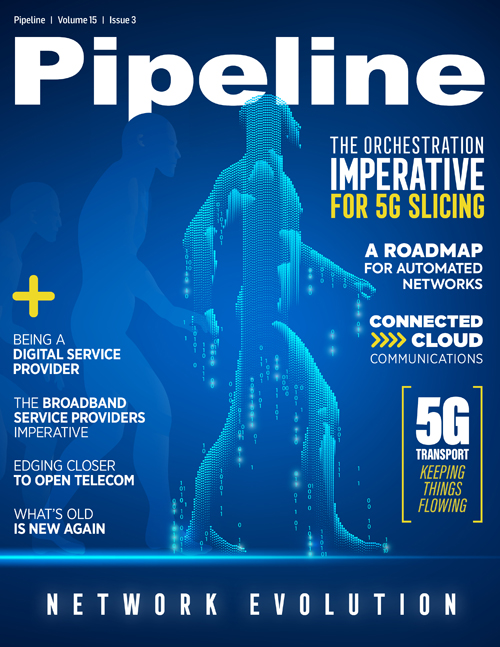The Broadband Service Providers Imperative
Pipes With Priorities:
Increased Customer Satisfaction,
New Revenue Source
Now let’s turn to the question of defining what exactly Pipes with Priorities are. Wi-Fi inherently is very poor at carrying video and audio (isochronous) traffic. Yet, Wi-Fi is the delivery point for all devices in the consumer home. The service efficiency of Wi-Fi is strongly affected by constant variations in signal strength, contention and interference. Though Wi-Fi does very well for short, bursty data, it is particularly poor at carrying multiple video streams, which require constant contention and larger and continuous packets. The Wi-Fi performance in homes is further exacerbated by a new wave of sensors, especially home or baby monitoring devices (which introduce new sources of continuous video streams). Currently, some of the coverage and bandwidth issues can be addressed with mesh Wi-Fi, but there is dire need for content-based traffic management of Wi-Fi.
There is no established Quality of Service (QoS) standard today for all the streams of traffic on Wi-Fi. Currently all data (including video) streams are treated equally. QoS (also now called Quality of Experience, or QoE) is needed not just to rate the performance but also to help the Wi-Fi routers to intelligently deliver video streams. Machine learning techniques allow identification and separation of traffic based on QoE. This enables routers to handle delivery of isochronous traffic differently than other data traffic.
In addition, control and management information can now made be available to any customer service rep, greatly reducing the cost of mitigating the Wi-Fi related issues that consumers face.
Intelligence that offers insight into the consumer’s home is highly valuable to a customer service rep. Arming reps with information on what devices are connected and the bandwidth demanded by each device will lead to a more satisfying interaction between rep and consumer.
In conclusion, it is absolutely imperative that service providers pave a path to a new future. This future is one where many of the traditional services will not be controlled by providers. International voice, messaging, conferencing and more are all but gone from their domain. The control lies with organizations that, in many cases, don’t care about the revenue associated with such transactions; they prioritize access to consumer credentials, which are used in different ways to generate revenue for such organizations. With this reality, the service provider needs to automate and become a shining star in the choice for providing the pipe to the consumer. The new reality involves better delivery of Wi-Fi with good visibility into connectivity of devices in the home as well as the ability to provide Quality of Experience on certain streams where the consumer may be willing to pay more. At the same time, operational efficiency that reduces the current “burn” rate significantly will allow the service provider the time and space needed to compete in the new OTT-engaged world—and remain relevant into the next few decades.





















